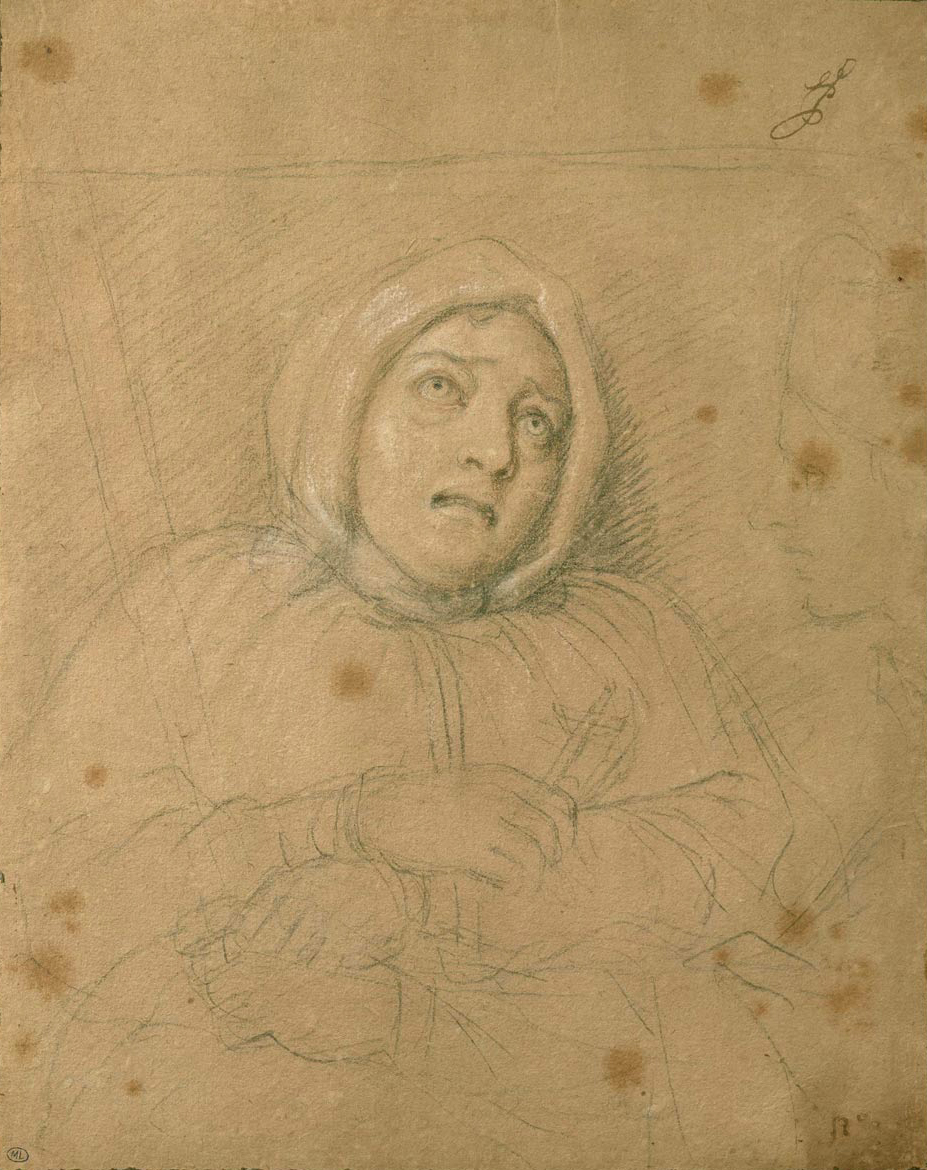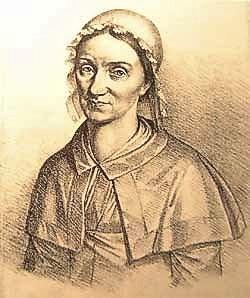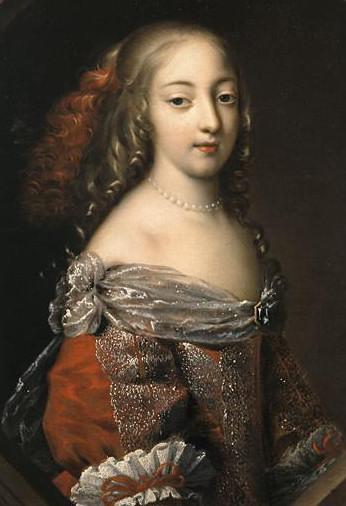
1630 - 1676
Marquise de Brinvilliers
Summary
Name:
Years Active:
1664 - 1673Birth:
July 22, 1630Status:
DeceasedClass:
Serial KillerVictims:
3+Method:
PoisoningDeath:
July 16, 1676Nationality:
France
1630 - 1676
Marquise de Brinvilliers
Summary: Serial Killer
Name:
Marquise de BrinvilliersStatus:
DeceasedVictims:
3+Method:
PoisoningNationality:
FranceBirth:
July 22, 1630Death:
July 16, 1676Years Active:
1664 - 1673bio
Marie-Madeleine d'Aubray, who later became known as the Marquise de Brinvilliers, was born in 1630 in Paris, France. She was the first of five children in the wealthy and influential d'Aubray family. Her father, Antoine Dreux d'Aubray, held many important governmental positions, while her mother, Marie Olier, belonged to a notable family connected to the early settlement of New France, which is now Canada.
As a child, the Marquise faced trauma. She revealed in her confession that she had been sexually assaulted at the age of seven, though she did not say who did it. Additionally, she acknowledged having inappropriate relations with her younger brother Antoine, whom she would later poison.
Despite being loved by her father, the Marquise was not expected to inherit his estate because she was a girl. Instead, she was encouraged to marry well. She had a significant dowry of 200,000 livres, attractive to potential suitors. At 21, she married Antoine Gobelin, who became the Marquis de Brinvilliers. His family was wealthy, and they lived in an aristocratic district of Paris.
The couple had three children together, two daughters and a son. However, it is believed that at least four of her seven children were likely fathered by other men. The Marquis de Brinvilliers became friends with Godin de Sainte-Croix, who was introduced to the Marquise. This friendship turned into a long-lasting affair.
The Marquise's father was unhappy with her relationship with Sainte-Croix. Concerned about his reputation, he took action against Sainte-Croix, leading to his arrest and imprisonment. While in prison, Sainte-Croix learned about poisons and alchemy. After his release, he started an alchemy business, and the Marquise began to experiment with poisons under his guidance.
murder story
The Marquise de Brinvilliers began her crimes by testing poisons on patients in hospitals. It was suggested that she observed how different dosages affected sick individuals. This behavior was possible at the time because women of her rank could go to hospitals to care for the ill without raising much suspicion. Many of the patients were already dying, so deaths went largely unnoticed. She also experimented on her servants, mixing her poisons in their food.

In 1666, she poisoned her father, Antoine Dreux d'Aubray. She placed a man named Gascon in her father's household to assist in the poisoning. She administered multiple doses of poison disguised as medicine. Her father died on September 10, 1666, seemingly of natural causes, and the autopsy confirmed this. Following his death, she inherited part of his wealth but quickly squandered it.

Needing more money, she turned to her two brothers. However, they were more challenging to poison because she had a poor relationship with them. To help her, she hired a footman named Jean Hamelin, known as La Chaussée, to work in her brothers' home. La Chaussée attempted to poison one brother, Antoine, but failed. Eventually, during an Easter feast, Antoine fell ill and died on June 17, 1670, after eating tainted food. The second brother died later that same year under similar circumstances.
In 1672, her crimes came to light following the death of her lover, Sainte-Croix. His possessions included a box with letters detailing their communications about the poisonings. This discovery led investigators to reopen cases related to her father's and brothers' deaths. La Chaussée, fearing being implicated, fled but was later caught. Under torture, he revealed that both he and the Marquise were involved in these murders.
Despite her knowledge of the situation, the Marquise managed to escape and fled to England. She avoided capture for several years, living off money sent by her sister until her sister's death left her broke. The Marquise continued to evade arrest, moving around Europe until she was finally caught in Belgium in 1676. Authorities found a letter among her belongings where she confessed to poisoning her father and brothers, as well as admitting failed attempts to kill her daughter, sister, and husband.
After her capture, she was extradited back to France. During her initial interrogation, she feigned ignorance about the deaths. However, as evidence mounted against her, she started denying her involvement, shifting blame to Sainte-Croix. Testimonies from former lovers added to the accusations against her.
The trial garnered significant public interest. Eventually, she was found guilty and sentenced to torture before execution. During the torture, she revealed some information but did not add much that was new. After enduring torture, she was taken to be executed in a public spectacle. She was decapitated, and her body was burned afterward. Following her execution, investigations into her involvement in murder expanded, leading to the Affair of the Poisons scandal, which implicated various other members of the French nobility in similar crimes.